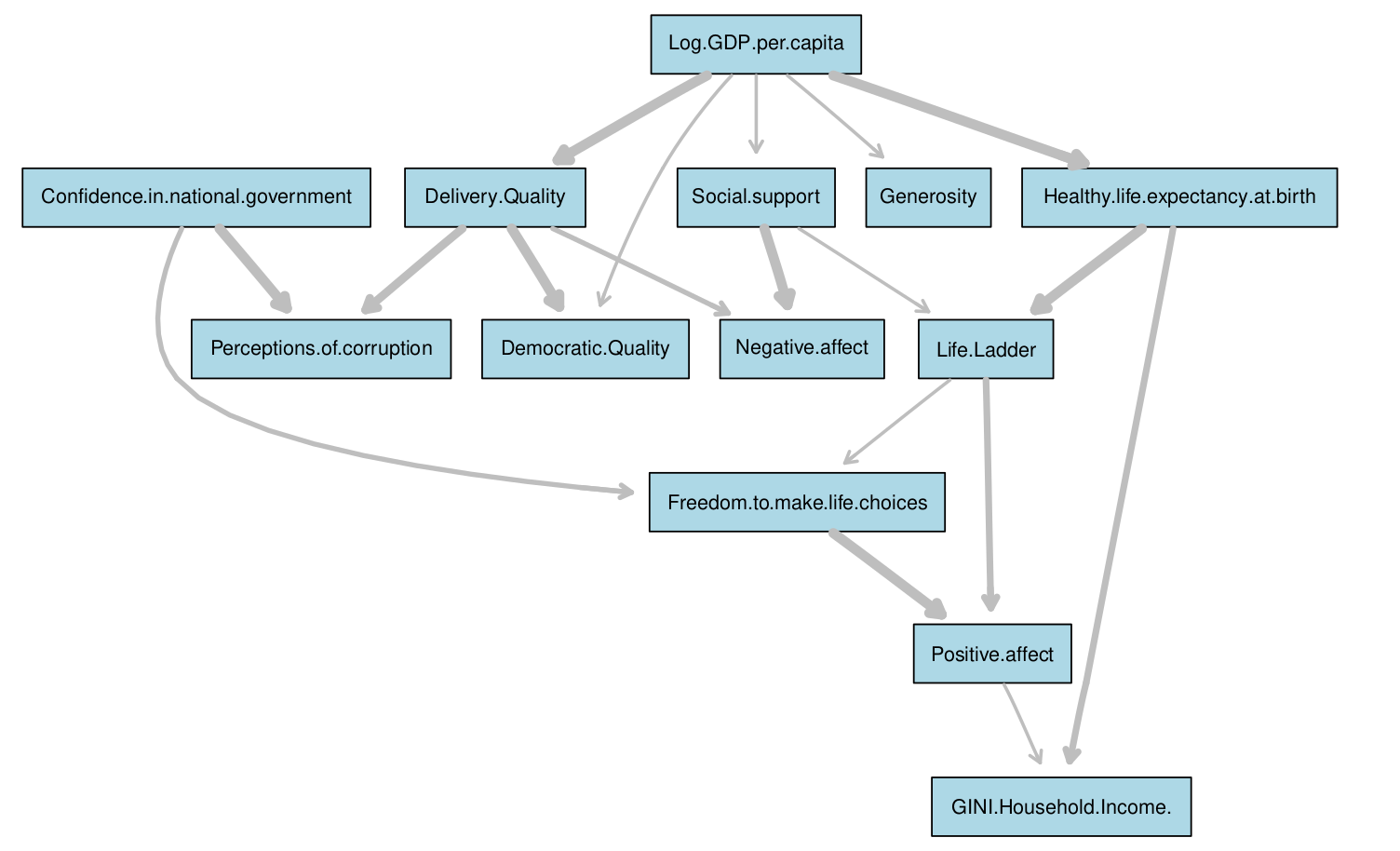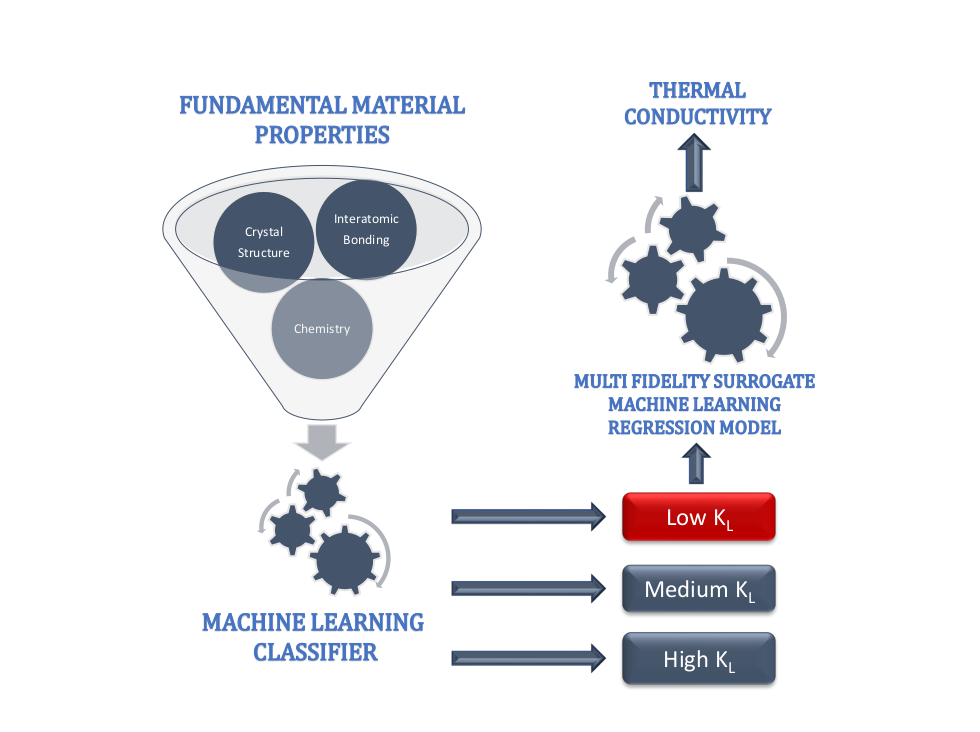Page Not Found
Page not found. Your pixels are in another canvas.
A list of all the posts and pages found on the site. For you robots out there is an XML version available for digesting as well.
Page not found. Your pixels are in another canvas.
This is a page not in th emain menu
Published:
This post will show up by default. To disable scheduling of future posts, edit config.yml and set future: false.
Published:
This is a sample blog post. Lorem ipsum I can’t remember the rest of lorem ipsum and don’t have an internet connection right now. Testing testing testing this blog post. Blog posts are cool.
Published:
This is a sample blog post. Lorem ipsum I can’t remember the rest of lorem ipsum and don’t have an internet connection right now. Testing testing testing this blog post. Blog posts are cool.
Published:
This is a sample blog post. Lorem ipsum I can’t remember the rest of lorem ipsum and don’t have an internet connection right now. Testing testing testing this blog post. Blog posts are cool.
Published:
This is a sample blog post. Lorem ipsum I can’t remember the rest of lorem ipsum and don’t have an internet connection right now. Testing testing testing this blog post. Blog posts are cool.
The United Nations in its 2011 resolution declared the pursuit of happiness a fundamental human goal and proposed public and economic policies centered around happiness. In this paper we used 2 types of computational strategies viz. Predictive Modelling and Bayesian Networks (BNs) to model the processed historical happiness index data of 156 nations published by UN since 2012. We attacked the problem of prediction using General Regression Neural Networks (GRNNs) and show that it out performs other state of the art predictive models. To understand causal links amongst key features that have been proven to have a significant impact on world happiness, we first used a manual discretization scheme to discretize continuous variables into 3 levels viz. Low, Medium and High. A consensus World Happiness BN structure was then fixed after amalgamating information by learning 10000 different BNs using bootstrapping. Lastly, exact inference through conditional probability queries was used on this BN to unravel interesting relationships among the important features affecting happiness which would be useful in policy making.
The search space for new thermoelectric oxides has been limited to the alloys of a few known systems, such as ZnO, SrTiO3 and CaMnO3. Notwithstanding the high power factor, their high thermal conductivity is a roadblock in achieving higher efficiency. In this paper, we apply machine-learning models for discovering novel transition metal oxides with low lattice thermal conductivity (kL). A two-step process is proposed to address the problem of small datasets frequently encountered in materials informatics. First, a gradient boosted tree classifier is learnt to categorize unknown compounds into three categories of kL: Low, Medium, and High. In the second step, we fit regression models on the targeted class (i.e. low kL) to estimate kL with an R2 > 0.9. Gradient boosted tree model was also used to identify key material properties influencing classification of kL, namely lattice energy per atom, atom density, band gap, mass density, and ratio of oxygen by transition metal atoms. Only fundamental materials properties describing the crystal symmetry, compound chemistry and interatomic bonding were used in the classification process, which can be readily used in the initial phases of materials design. The proposed two-step process addresses the problem of small datasets and improves the predictive accuracy. The machine learning approach adopted in the present work is generic in nature and can be combined with high-throughput computing for the rapid discovery of new materials for specific applications.
Published:
This is a description of your talk, which is a markdown files that can be all markdown-ified like any other post. Yay markdown!
Published:
This is a description of your conference proceedings talk, note the different field in type. You can put anything in this field.